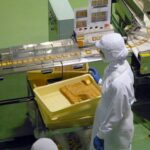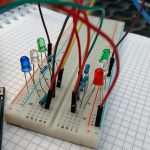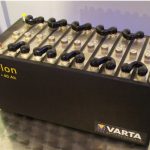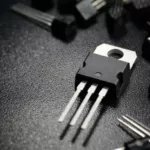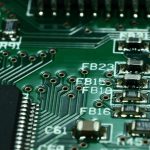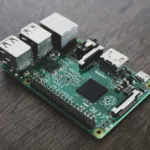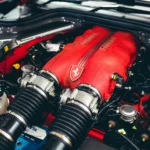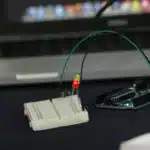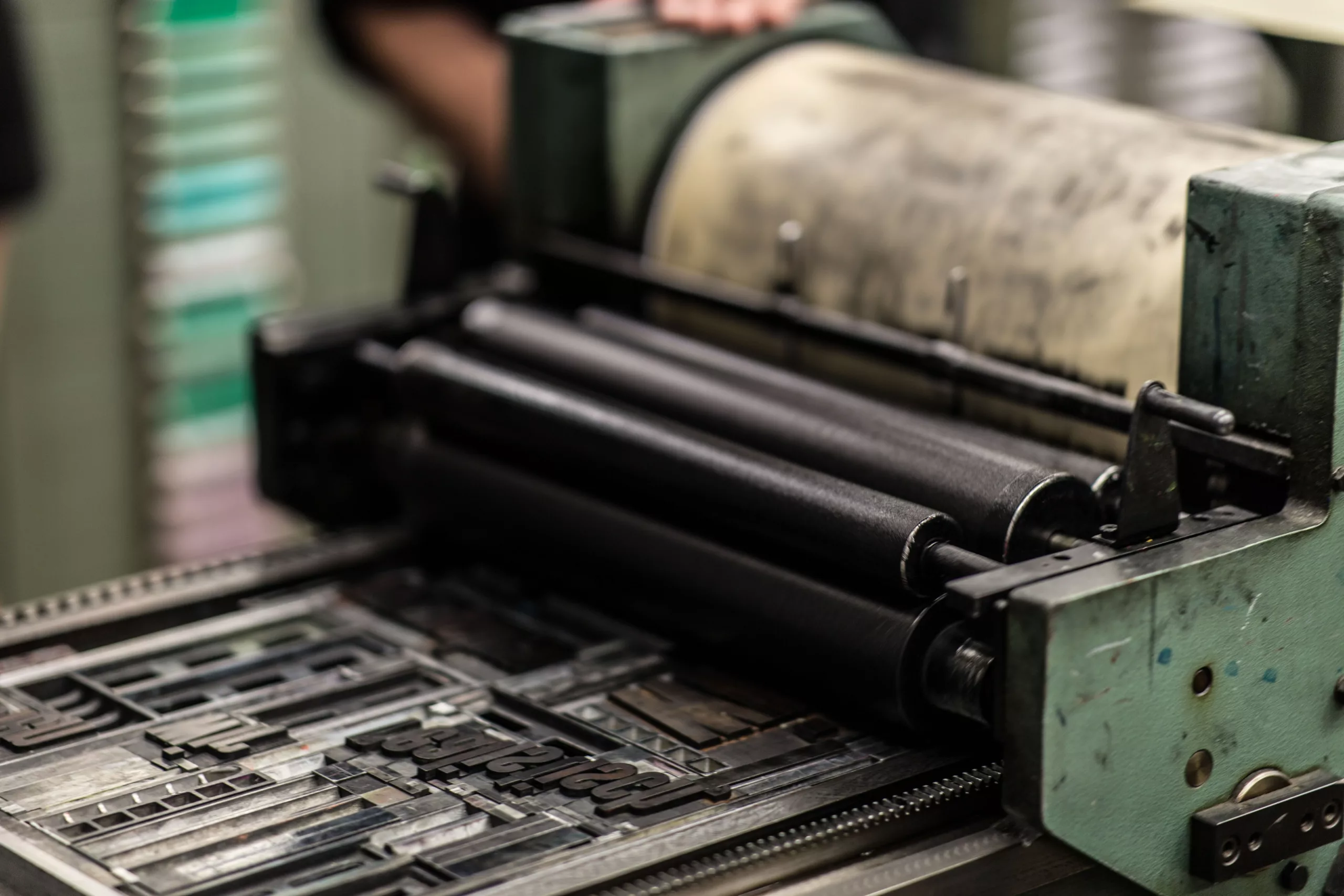
Introduction
Industrial 3D printing has revolutionised various industrial operations by offering unprecedented opportunities for innovation and cost-effective solutions. One field where the impact of 3D printing is becoming increasingly apparent is maintenance. Traditionally, industrial maintenance and repair operations were mostly limited and inefficient due to lengthy lead times for replacement parts, high costs, and limited design flexibility. However, integrating industrial 3D printing into maintenance processes has become a game-changer in mitigating bespoke limitations. This article gives in-depth insights into the significant benefits of industrial 3D printing in maintenance operations.
Understanding Industrial 3D Printing: Uncovering Their Significance
Industrial 3D printing, also called additive manufacturing, is a manufacturing technology that involves creating three-dimensional objects by adding materials sequentially. The process of 3D printing involves using multiple materials, including metals, ceramics, polymers, and composites, to produce functional components and even end-use products. Industrial 3D printers are typically more advanced and can handle higher temperatures, precision, and different material types than desktop 3D printers, making them an ideal technology for industrial maintenance applications.
Potential Benefits of Industrial 3D Printing in Maintenance Operations
Three-dimensional printing offers unparalleled benefits in various aspects. Some of the potential advantages include:
- Rapid Prototyping and Customisation
It enables maintenance teams to quickly create 3D-printed designs or prototypes of specific replacement parts or components. This feature is precious when dealing with older machinery or equipment with limited or obsolete spare parts. Maintenance professionals can use 3D printing to produce desired product prototypes and make necessary adjustments before final production.
- Reduced Lead and Down Times
Among the most notable advantages of incorporating industrial 3D printing into maintenance practices is the substantial reduction in lead and downtimes. Unlike traditional technology, 3D printing can produce required parts on-site or through local 3D printing service providers, drastically minimising lead times. Additionally, 3D printing offers rapid operational efficiency by quickly replacing parts and minimising equipment downtime.
- Cost Efficiency
It offers significant cost advantages in maintenance operations by minimising the expensive tooling, setup, and material costs. 3D printing eliminates the need for complex tooling, as parts are built layer by layer directly from digital designs. This simple design also avoids complexity, which translates to lower costs.
- Enhanced Sustainability
Sustainability is a growing concern across industries. Unlike traditional manufacturing techniques, which generate significant waste, 3D printing only uses the necessary material to build the desired part. This reduction in material waste contributes to a more sustainable maintenance approach and reduced environmental impact.
- On-Demand Production and Inventory Management
Maintenance operations might face uncertainties regarding varied component failures. A comprehensive spare parts inventory to address any potential breakdown can utilise substantial resources. It introduces the concept of on-demand production–manufacturing required parts only when needed. This “just-in-time” approach minimises the need for spare parts in large warehouses and optimises inventory management.
- Complex Geometries and Lightweight Designs
The Industrial 3D printing is designed to create intricate and complex geometries. Maintenance parts can come in intricate designs and require fitting within constrained spaces. These complex designs can be realised using 3D printing with lightweight designs, reducing the components’ weights without sacrificing strength or functionality.
- Remote Access and Digital Inventories
Integrating 3D printing with digital design and inventory systems facilitates remote access to multiple libraries. Maintenance professionals can access components’ digital designs from any location, reducing operational delays. Additionally, this capability is particularly beneficial when parts are urgently required in remote or inaccessible areas.
- Mitigating Obsolescence
Components can become obsolete in industries with long equipment lifecycles, and finding replacements can take time and effort. It mitigates this problem by enabling the recreation of discontinued or hard-to-find parts. Maintenance teams can refer to the original design specifications and reproduce the required components using 3D printing technology.
Concluding Remarks
There are manifold benefits of incorporating industrial 3D printing into maintenance operations. From rapid prototyping and customization to reduced lead times, cost efficiency, and sustainable practices, 3D printing transforms industrial maintenance and repair approaches. Embracing industrial 3D printing in maintenance is no longer just an option; it’s a strategic imperative for industries aiming to stay competitive in the modern landscape.







